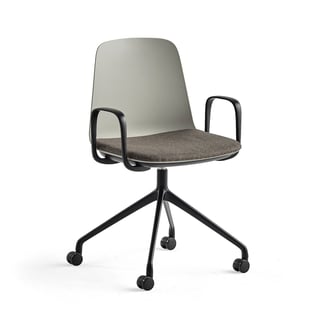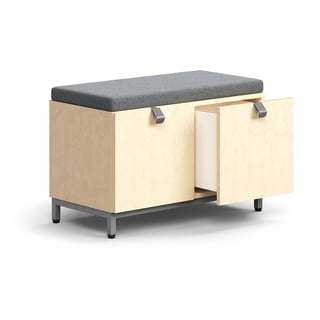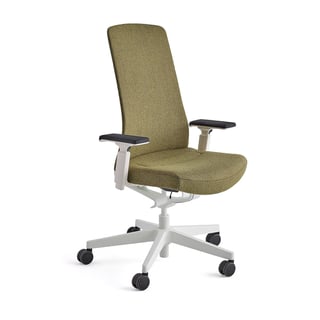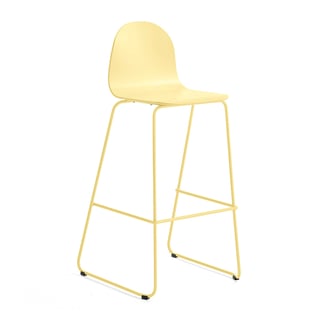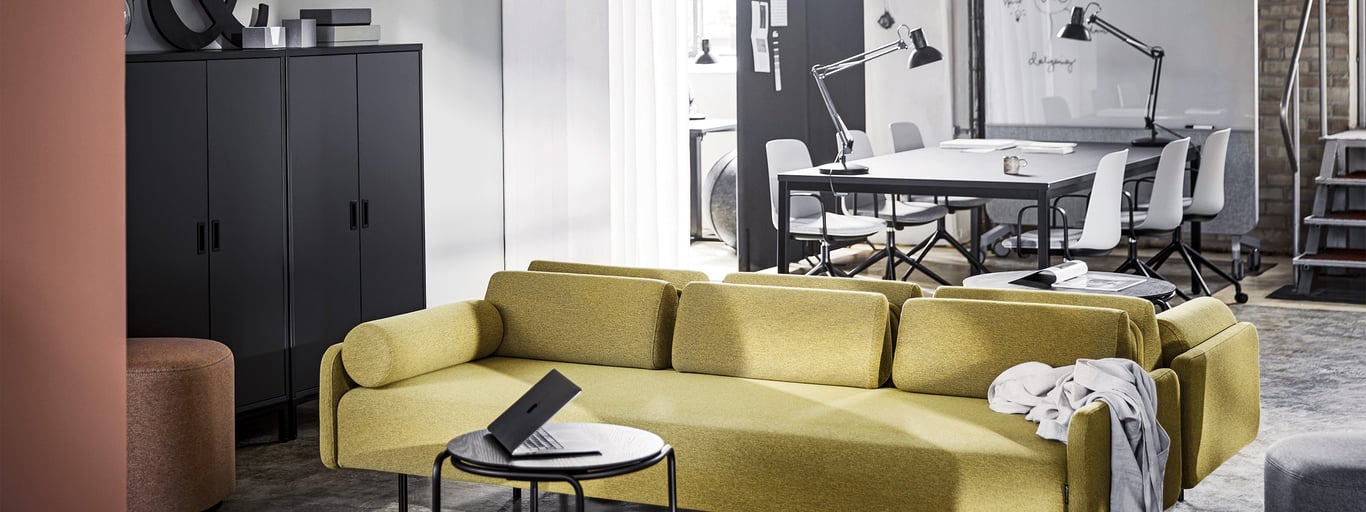
Activity-based office with room for creativity and collaboration
Activity-based working
In an activity-based office, there are no fixed desk places, instead the workspace is chosen according to the task at hand. Employees can choose where they will be most productive – whether they want to stand up and work, sit comfortably on a sofa, concentrate completely in silence or brainstorm together in dynamic environments. We've found that this innovative arrangement often leads to increased productivity, creativity and helps with overall wellbeing in the workplace.
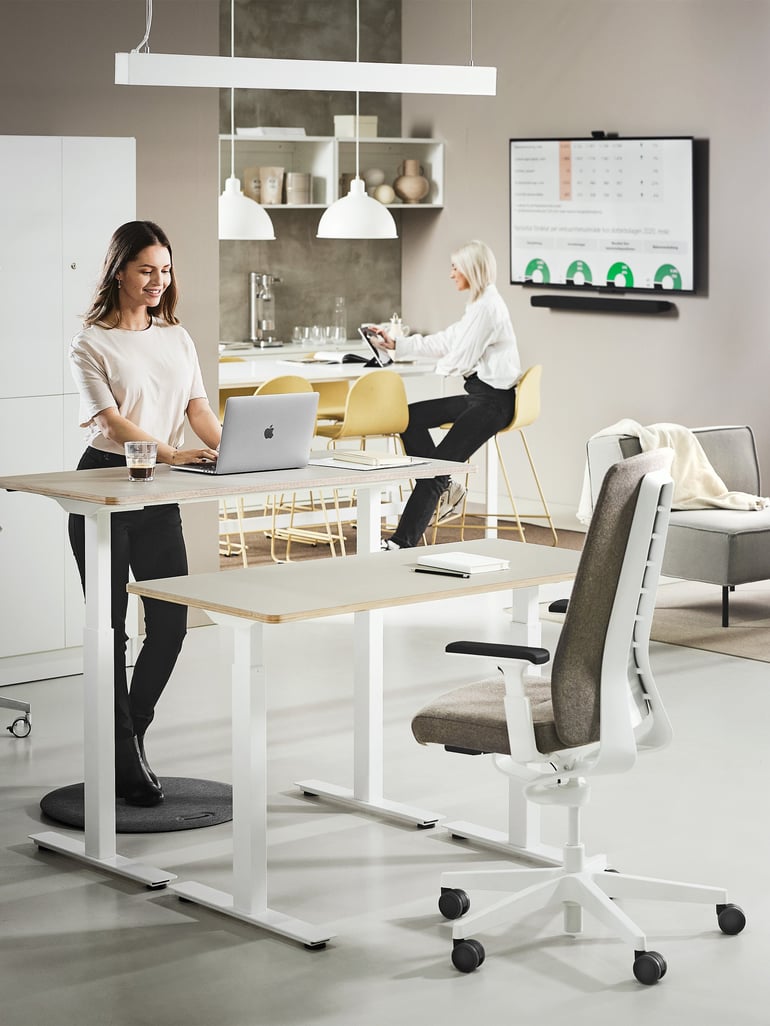
Flexible office or activity-based office?
There are some similarities between what we would call a flexible office and an activity-based office. In the flexible office, the employees do not have a specific location, but all workstations are roughly the same. The clear division into different activity zones that exists in an activity-based workplace is missing.
New surroundings for effective work
Activity-based work is not only about new furniture solutions, but also about changing your method of working. In step with modern technology, the need for fixed desk locations is decreasing. With an internet connection, we can do our work regardless of where we are - via our smartphones, tablets, laptops or cloud services. From an ergonomic point of view, the activity-based office is excellent as you can easily vary your working position and move from one office space to another during the working day.
Start by making a proper analysis of which activities are carried out in the workplace so that the new environment supports these. Each office must have its own unique solution. Consider some key questions: What are your needs and how can the interior design support your work? How do you work today and how would you like to work in the future?
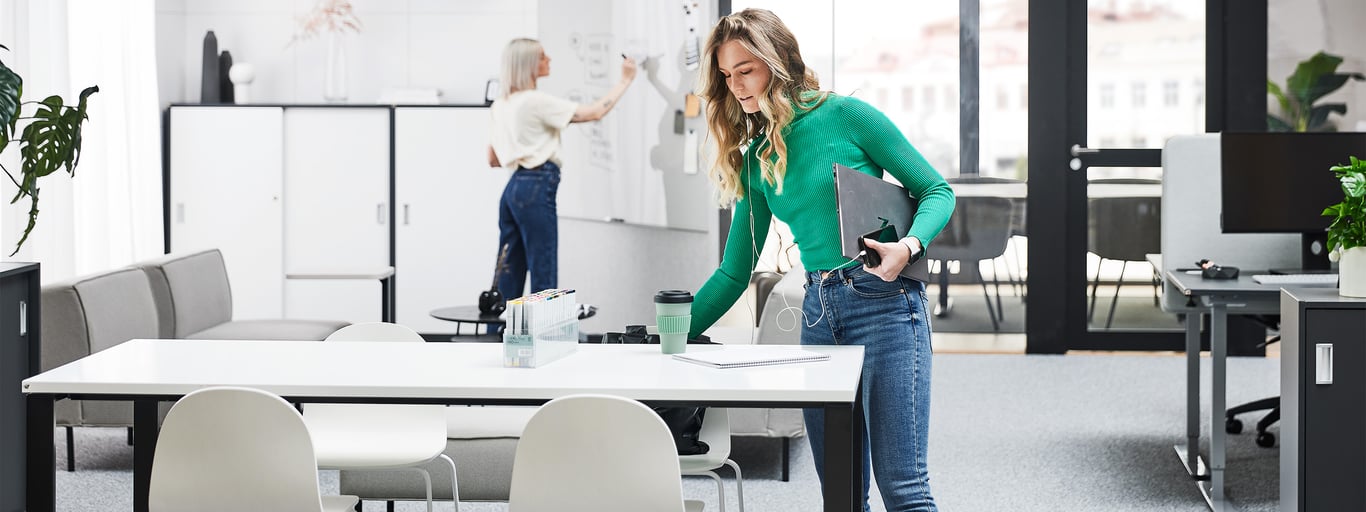
Furnished for quiet and social zones
An activity-based office is usually divided into different zones: a quiet zone, a middle zone and an active zone. In the quiet zone, you work quietly and undisturbed - perfect for individual conversations, meetings that require confidentiality or tasks that require a high level of concentration. The ability to work with focus-demanding tasks in peace and quiet is a very important part of the concept that must not be forgotten. Without enough quiet zones, the activity-based office can become a stressful work environment instead of the creative environment that is the goal.
In the middle zone, you sit together with your colleagues in a similar way as in an open office landscape. There, screen walls and desk screens can increase comfort and keep sounds at a suitable level. In the active work zone, there is plenty of space for lively discussions or, for example, creative work in groups. It's all about choosing a work environment that suits the moment.
Active meeting rooms with various functions
If possible, having more than one meeting room in the office is recommended, different groups can then have meetings at the same time. Change up the interior design of each room so that different environments are created. A room can have a conference table that can be raised and lowered and is perfect for brainstorming or quick meetings. The fact is, we become both more creative and better at collaborating when we stand up. So that no ideas are lost, there are plenty of creative tools such as whiteboards, flip charts, mobile glass boards and more.
In some cases, a traditional conference table is best suited, for example during formal meetings with the board or an important client. These types of meetings can be long; comfortable, conference chairs are a good choice. This type of large table and seating combination also works well as an inviting workplace for the participants in a larger project.

Tip! Use a practical office bag
When you're on the move and changing work rooms, of course you need to take your things with you. With an office bag or caddy you can easily carry your laptop, notebooks, pens, mobile phone and anything else you may need during the day.
Choose flexible furniture
The activity-based office is built on flexible furniture solutions that can be used in different ways for different needs. Choose for example, furniture with wheels. Height-adjustable desks or standing tables and higher pillar tables create space for quick, spontaneous meetings. Give employees numerous options when it comes to seating; a mix of soft lounge furniture and ergonomic office chairs, add in some balance balls and balance stools to keep the body moving. Furnish with sound absorption products such as screen walls and sound absorbers .
One tip is to choose furniture and decor that match each other throughout the office. Not only does a uniform style and colour scheme look nice, it's practical for moving furniture around in to other rooms when needed. They will fit in however the office is refurnished.
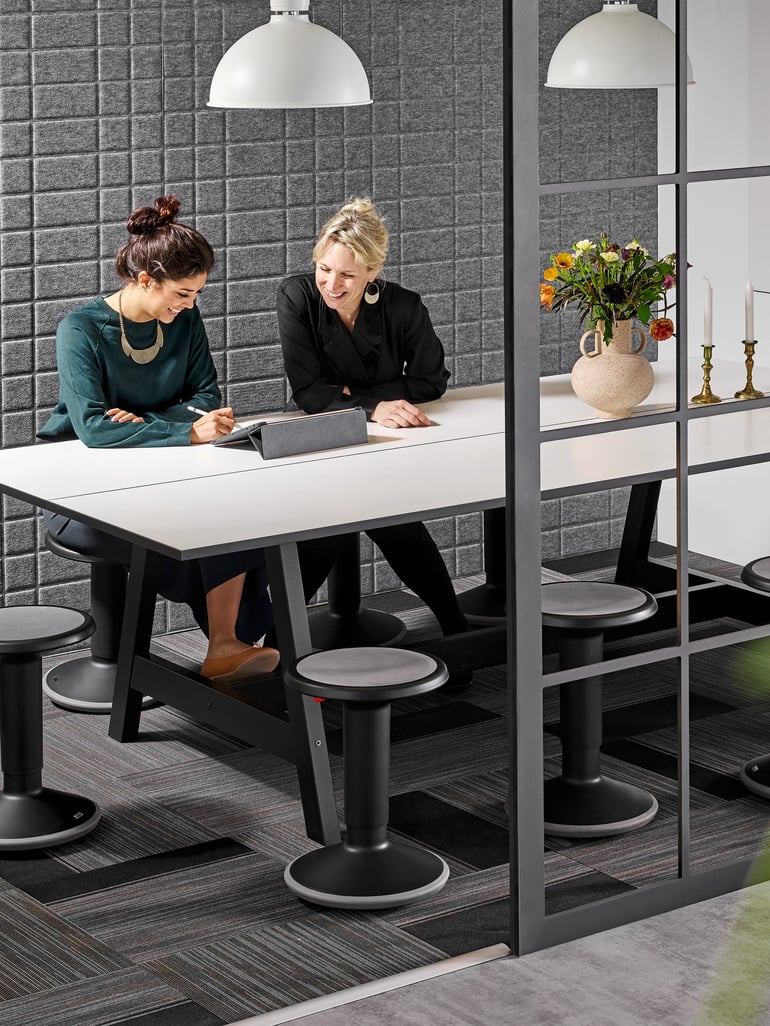
Positive effects of an activity-based office
- Health benefits: An activity-based office can leads to increased movement with employees naturally moving and changing their working position several times during the day. It is excellent from an ergonomic perspective.
- Adapted work environment: Employees can adapt their workspace to the current task helping with concentration and productivity.
- Improved working community: Social interaction increases as there are several natural places for both short and long meetings. At a standing table, it's easy to gather for a quick discussion.
- Cost-effective: Hybrid work has become commonplace in the last few years. With an activity-based office and no fixed locations for each employee, the amount of office desks can be reduced and no workstations are left empty while people work from elsewhere.
Risks with an activity-based office
- Failing ergonomics: Employees not having their own adapted workplace can cause office ergonomics to deteriorate, say for those who sit down a lot and work at a computer.
- Increased disturbance: Changing the work environment several times a day does not suit everyone. In some people, it creates stress instead of creativity.
- Wear and tear on office furniture: Make sure to buy high-quality office furniture that can withstand being adjusted several times a day. When office chairs and desks are raised and lowered every time a new employee takes the place, it can increase the wear and tear compared to if a person uses the same workplace every day.
- Noise: When there is more energy and movement in the office, the noise level also increases. With good planning and noise reduction measures, this problem can be effectively countered.
Is this an office concept for you?
The creative and flexible office is an office solution well worth considering. Perhaps it is a concept that would benefit your business? An activity-based office fits perfectly in some workplaces and less well in others. Discuss and think carefully about how it would work for you before deciding on a transition. Feel free to seek help from an expert in the field.
